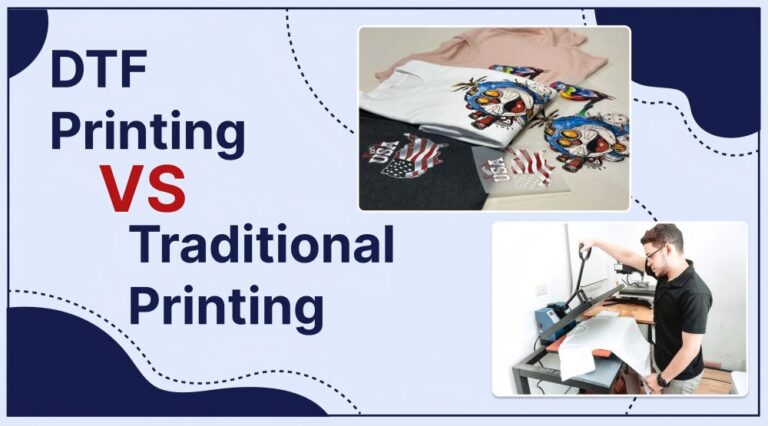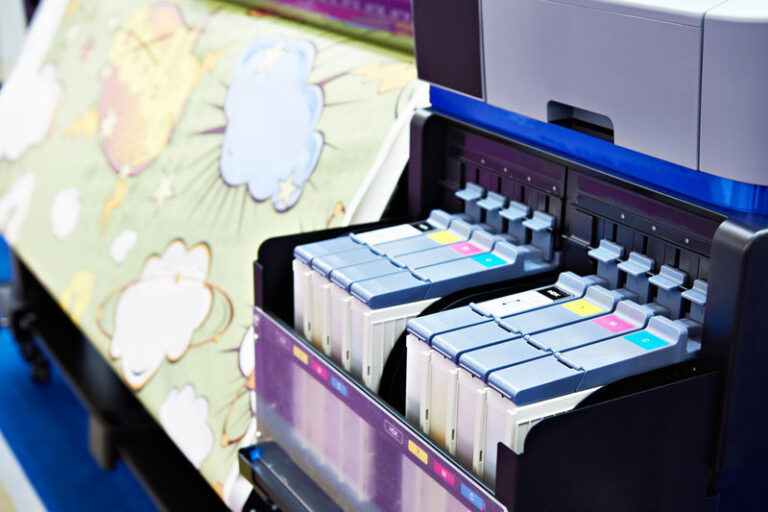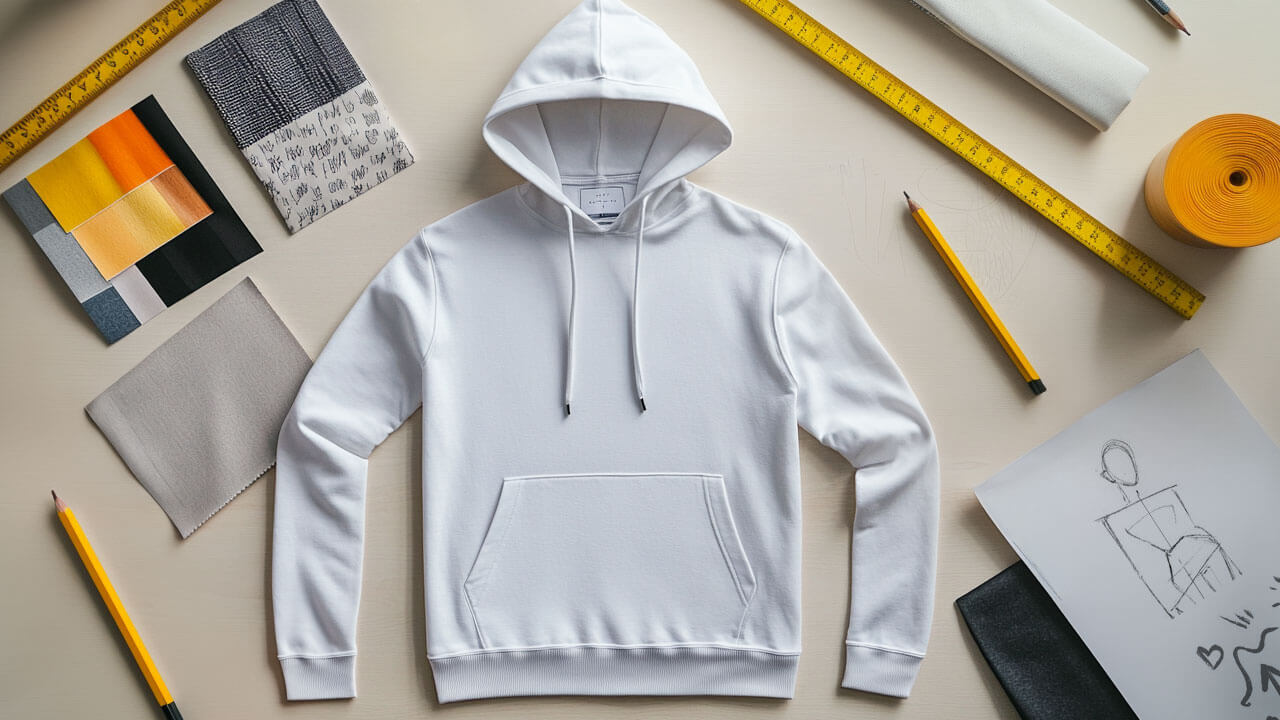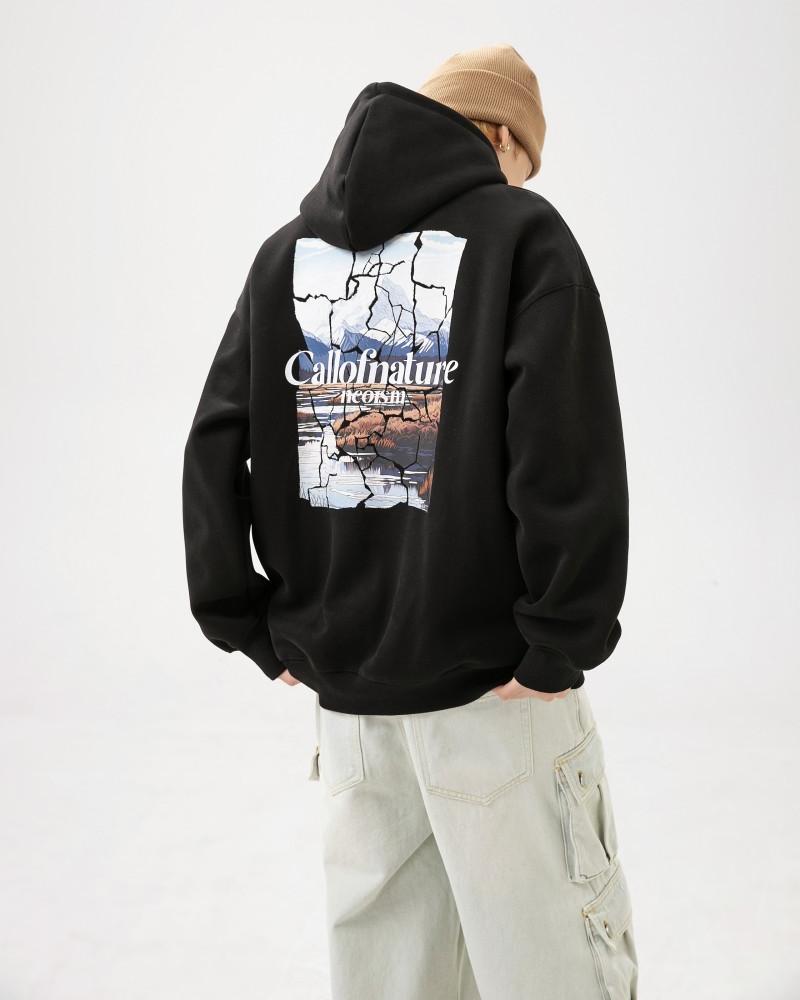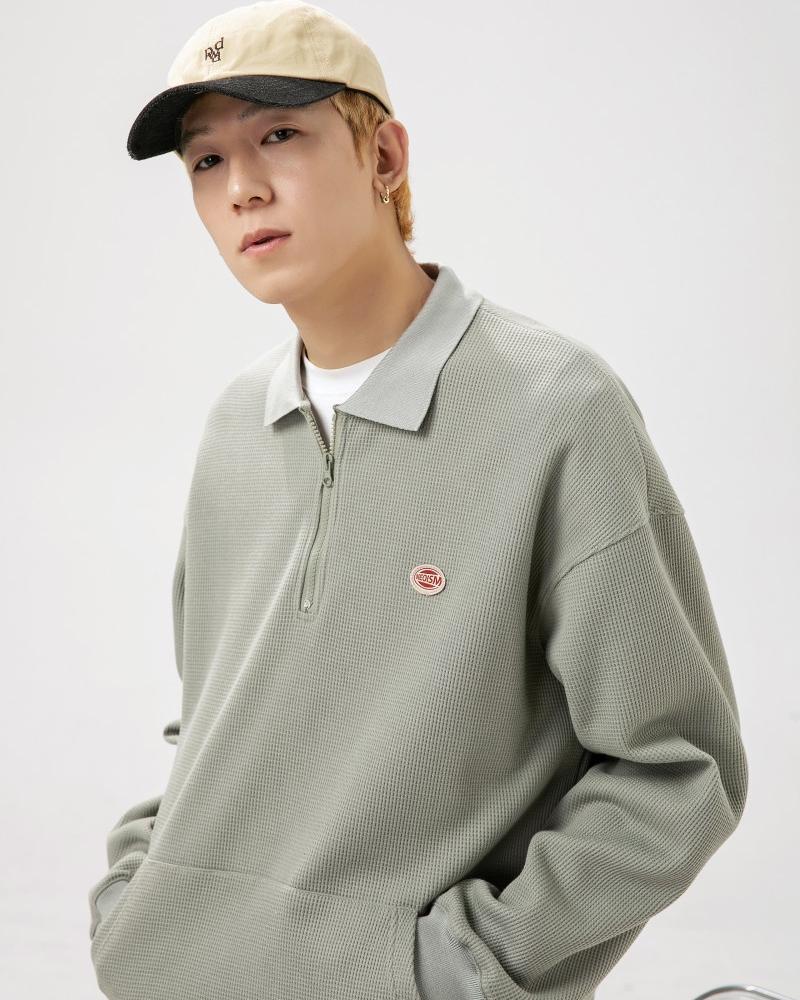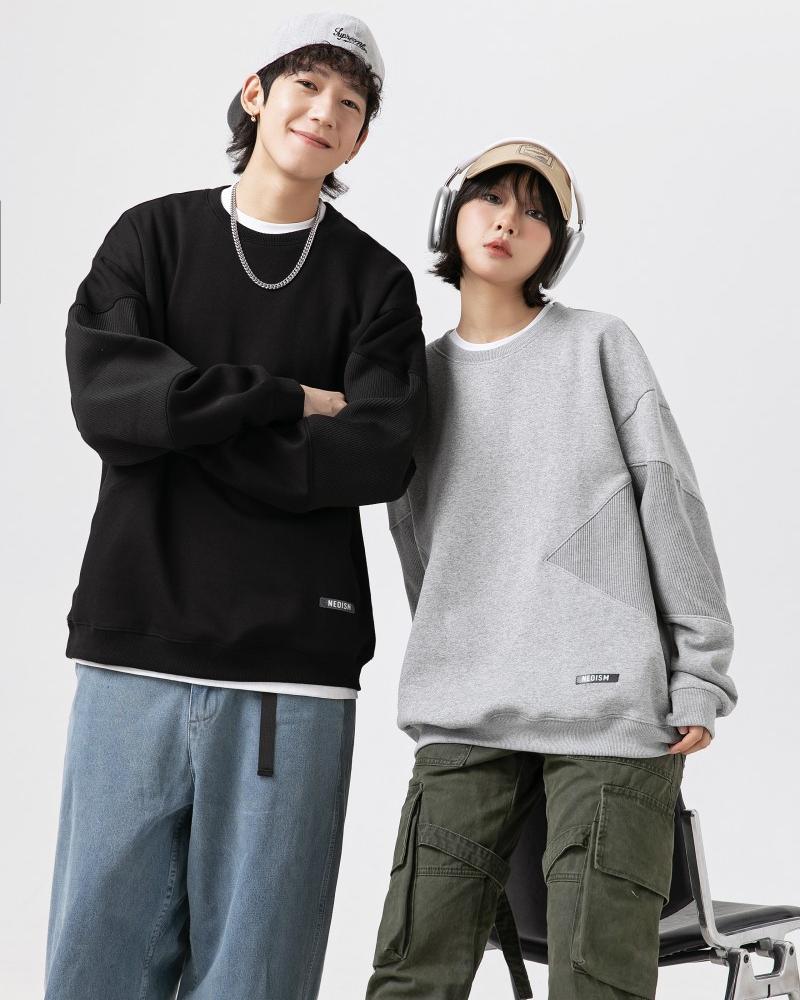-
No. 28, Zhanqian 1st Street, Liuhua Subdistrict, Yuexiu District, Guangzhou City
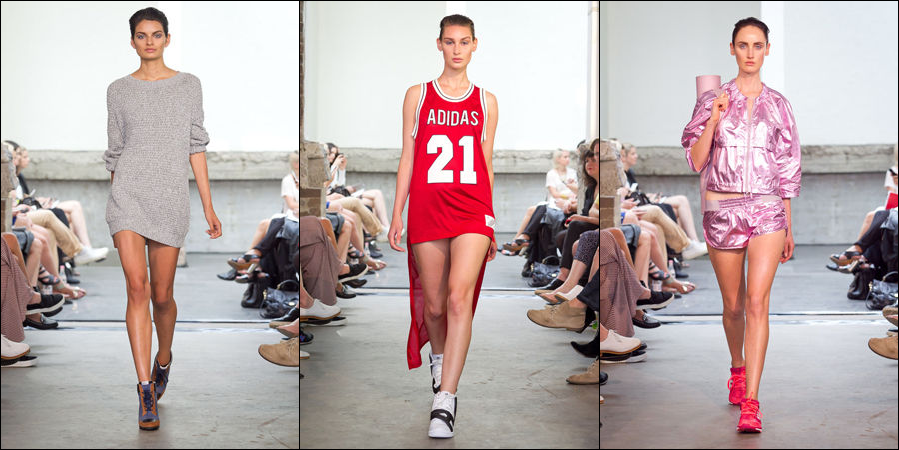
Sportswear Industry Revolution in 2025: 7 Trends Leading Future Fashion and Function
Table of Contents
Abstract
The sportswear industry is undergoing unprecedented changes. By 2025, the integration of technology, sustainability and fashion will redefine fitness and lifestyle. Millennials and Generation Z have become the main consumers. They not only pursue functionality, but also pay attention to personalization and environmental protection values. This article will deeply analyze the 7 most noteworthy sportswear trends in 2025, including smart fabrics, inclusive design, sustainable materials, etc., to help companies seize market opportunities and create more competitive products.
1. Sustainable and environmentally friendly fabrics (market trend argumentation)
Argument: Environmentally friendly materials will become the core competitiveness of sportswear. Argument:
- According to a McKinsey report, 67% of consumers prefer to buy sustainable clothing, and the demand for recycled polyester and organic cotton has increased by 40%.
- Brands such as Patagonia and Girlfriend Collective have achieved an annual growth of 25% through 100% recyclable materials.
2. Smart sportswear (technological innovation argument)
Argument: Wearable technology will reshape the sports experience. Argument:
- The smart clothing market will reach $5 billion in 2024, with an annual growth rate of 12% (Statista).
- Nike’s Therma-FIT technology and Under Armour’s Athlete Recovery pajamas increase sales by 30% through temperature control technology.
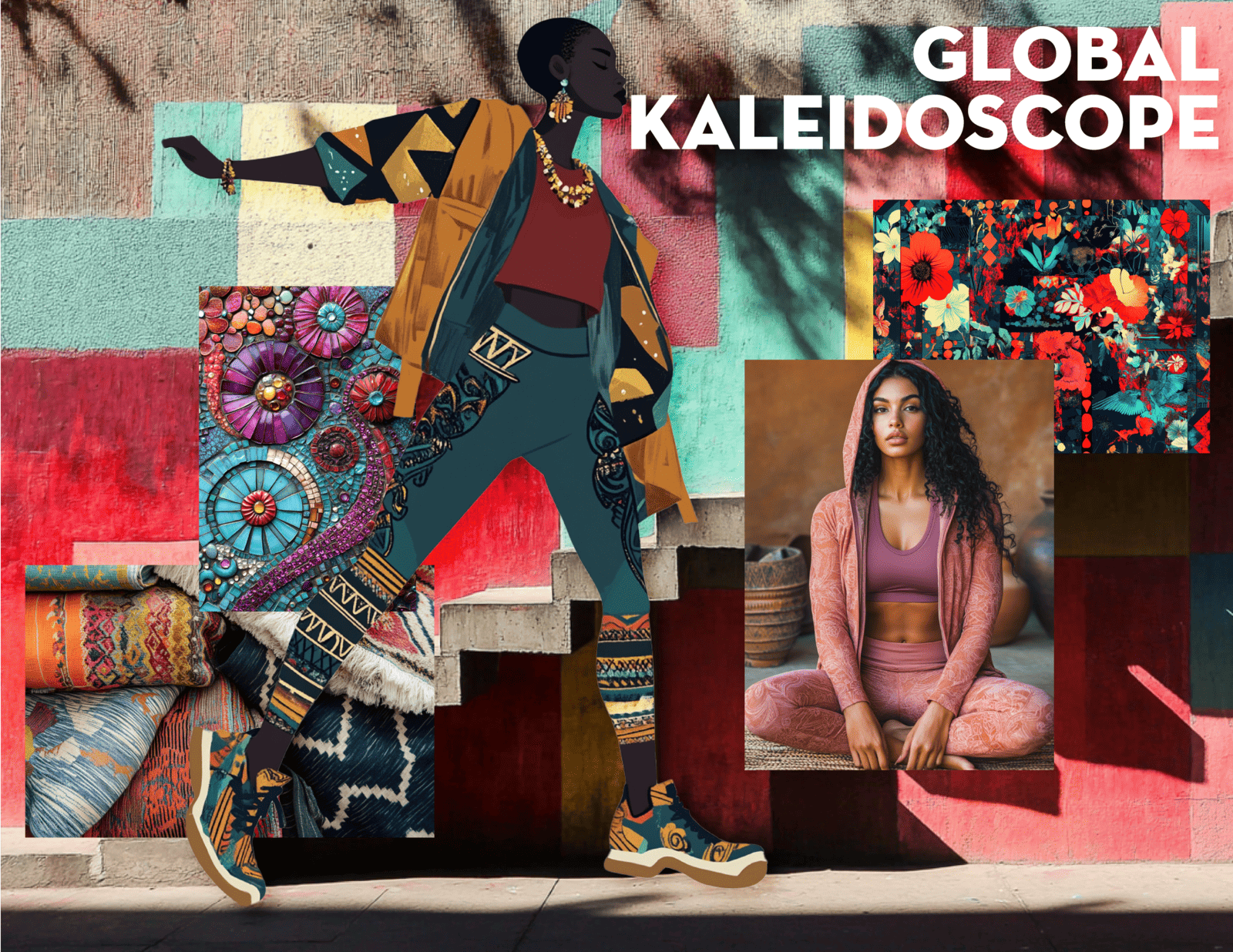
3. Inclusive size and adaptive design (consumer demand argument)
Argument: Diverse body needs drive design innovation. Argument:
- The large-size sportswear market will grow by 28% in 2023, and brands such as Fabletics will increase customer retention by expanding sizes.
- Adaptive design (such as magnetic closures) has increased sales of sportswear for people with disabilities by 45% (Forbes).
4. Bold colors and prints (fashion trend argument)
Argument: Personalized design attracts young consumers. Argument:
- In 2024, Pantone’s popular color “Neon Orange” drove a 35% increase in sales of related sportswear.
- Lululemon’s limited print series has been exposed on social media more than 100 million times, and the conversion rate has increased by 20%.
5. Multifunctional hybrid design (product function argument)
Argument: Athleisure continues to dominate the market. Argument:
- The global Athleisure market is expected to reach $54.9 billion in 2025, accounting for 40% of the total sportswear share (Grand View Research).
- Alo Yoga’s “office to gym” series achieved an annual revenue growth of 50% through mixed design.
6. Lightweight and high-performance fabrics (sports technology argument)
Argument: Tech fabrics improve sports performance and comfort. Argument:
- Sportswear with breathable and quick-drying fabrics reduces return rates by 25% (NPD data).
- Adidas’ Primeknit technology has increased running shoe sales by 60% and extended to clothing lines.
7. Localized and customized production (supply chain innovation argument)
Argument: On-demand production reduces inventory waste. Argument:
- Sports brands using 3D printing technology reduce production costs by 30% and delivery time by 50% (BCG report).
- Nike’s Nike By You customization service contributes 15% of annual revenue and increases customer repurchase rate by 40%.
FAQS
1. Is sustainable sportswear really growing?
Yes. 67% of consumers prefer eco-friendly options, with recycled polyester demand up 40% (McKinsey).
2. What makes smart sportswear special?
It integrates tech like temperature control and biometric sensors, a $5B market growing at 12% annually.
3. Why is inclusive sizing important?
The plus-size market grew 28% in 2023, and adaptive designs boost sales by 45% (Forbes).
4. Are bold colors really trending?
Yes. Neon orange drove 35% sales growth, and limited prints increase conversions by 20%.
Summary
The sportswear industry in 2025 will be an arena of technology, sustainability and personalized design. If brands want to stay competitive, they must focus on the following key points:
- Prioritize environmentally friendly materials to meet consumer demand for sustainability;
- Invest in smart technologies, such as temperature-controlled fabrics and biometric sensors;
- Expand inclusive design to cover all body types and ability groups;
- Use digital tools to achieve flexible supply chains and customized production.
Action suggestions:
- Partner with sustainable fiber suppliers (such as Repreve);
- Prioritize the integration of user health data functions when developing smart clothing;
- Promote limited-edition designs through social media (such as TikTok) to test market reactions.
The future is here. Grasp these 7 trends and your brand will lead the sports fashion revolution in 2025!

